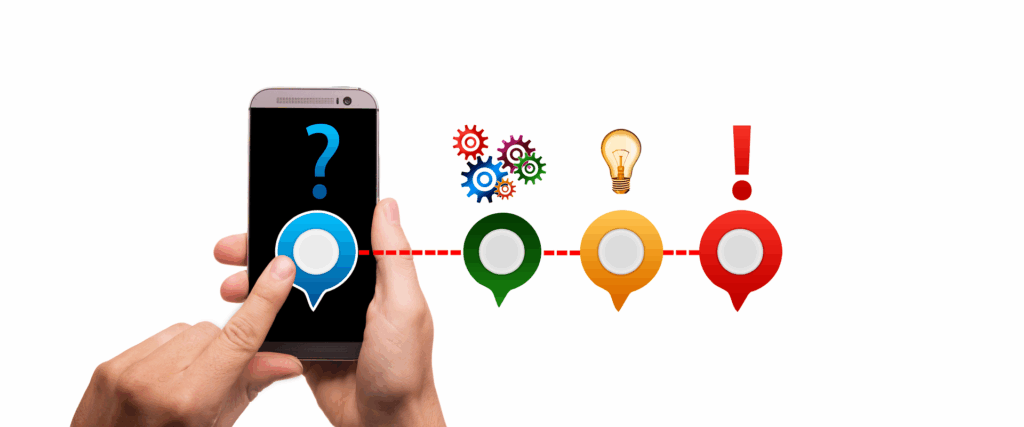Think you know what your customers want? Ask them.

Think You Know What Your Customers Want? Ask Them: Making Customers Part of the Product Development Team
Too often, businesses assume they understand their customers’ needs because they have experience, intuition, or historical data on their side. But the reality is that markets shift, customer expectations evolve, and assumptions become outdated faster than ever before. If you think you know what your customers want without asking them directly, you might be designing for a need that no longer exists.
Customer-centered development isn’t just about collecting feedback after a product is launched. It’s about embedding customers into the creation process itself, treating them as active collaborators rather than passive recipients. When you invite customers into the development journey, you move from guessing to knowing, from assumptions to insights — and you create solutions that truly resonate.
The best companies view customers not just as buyers, but as co-creators. They treat customer feedback as a continuous conversation, not a one-time survey. When customers feel heard, they become invested in the product’s success. They move from being users to advocates.
True customer collaboration begins early. During ideation, it’s critical to validate whether the problems you’re solving are real and pressing. Techniques like customer interviews, empathy mapping, and discovery workshops provide firsthand insight into customer pain points, motivations, and aspirations. These methods don’t just help refine ideas — they often surface needs that teams hadn’t even considered.
During prototyping and early development, customer input remains invaluable. Sharing low-fidelity prototypes or beta versions with select customers allows teams to identify usability issues, misunderstandings, and gaps before larger investments are made. Customers may suggest features, highlight unexpected use cases, or point out friction that internal teams miss.
Customer involvement doesn’t stop after launch. In fact, post-launch feedback loops are some of the most powerful tools for iterative improvement. Companies like Slack, Airbnb, and Peloton have built thriving ecosystems by treating post-launch customer insights as fuel for ongoing innovation. They don’t just measure customer satisfaction; they actively listen for new opportunities, unmet needs, and areas for growth.
There are multiple ways to bring customers into the fold throughout the product lifecycle:
- Customer Advisory Boards: Formal panels of key customers who provide strategic feedback.
- Usability Testing Groups: Ongoing cohorts who test new features before public rollout.
- Surveys and Polls: Short, targeted surveys designed to validate specific assumptions.
- User Communities: Online forums where customers share ideas, vote on features, and interact with the development team.
Importantly, involving customers in development isn’t about taking every suggestion verbatim. It’s about listening carefully, identifying patterns, and using professional judgment to prioritize what aligns with your strategic goals. As Steve Jobs famously said, “People don’t know what they want until you show it to them.” But even Jobs recognized the importance of deeply understanding customer desires, frustrations, and dreams — and translating them into breakthrough solutions.
When you treat your customers as part of your product development team, you unlock creativity, loyalty, and market fit in ways that no amount of internal brainstorming can replicate. You create products that feel like they were designed with customers, not just for them.
In an era where competition is fierce and user expectations are higher than ever, the companies that listen hardest — and act on what they hear — will be the ones that lead. Think you know what your customers want? Don’t guess. Ask them. And invite them to build the future with you.